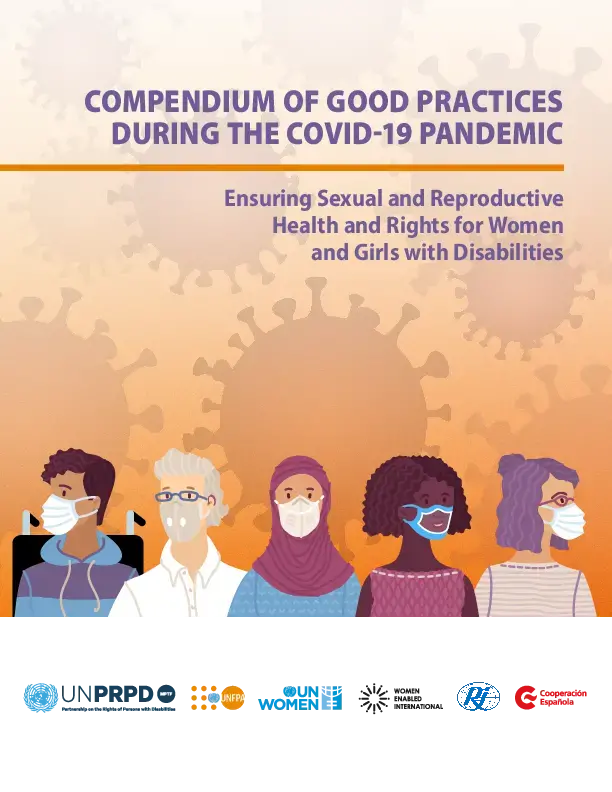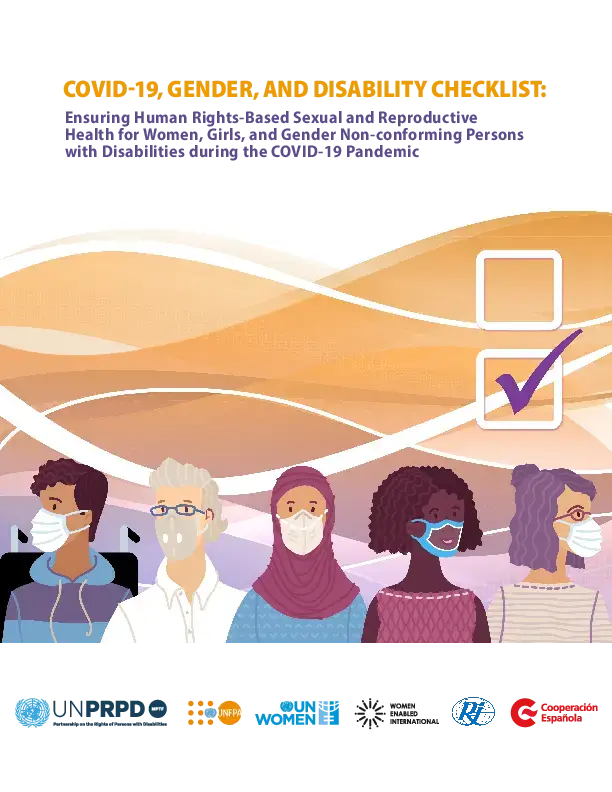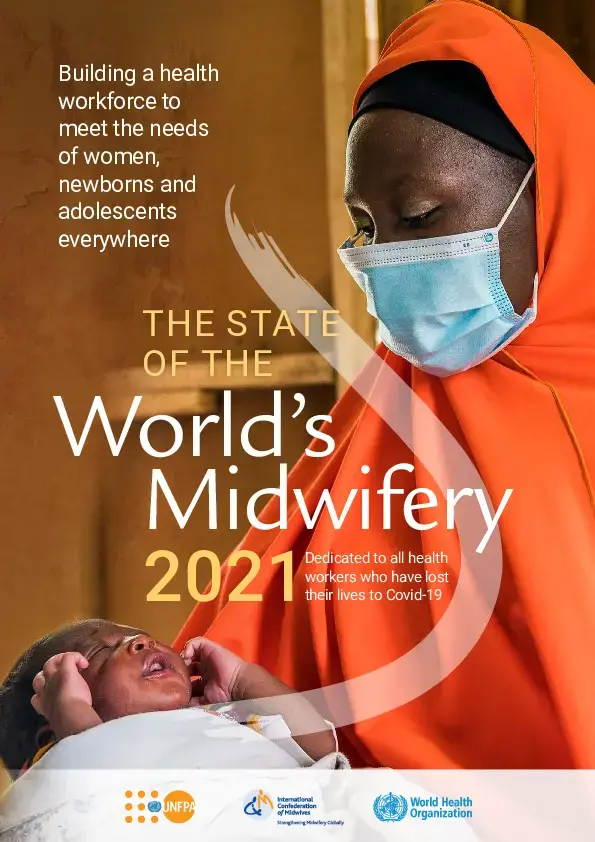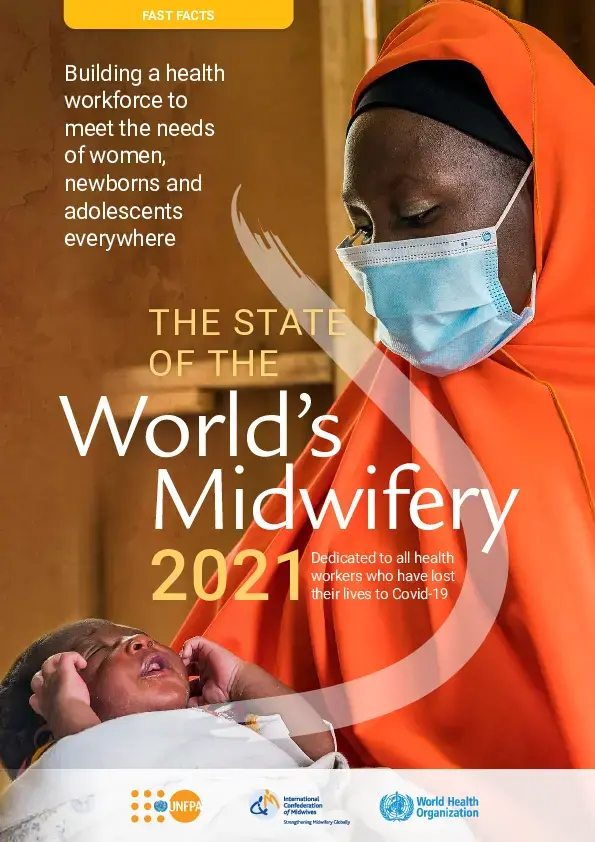
Publication date
Jun 2021
Author
UNFPA and Women Enabled International
Resources
Compendium of Good Practices during the COVID-19 Pandemic
Ensuring Sexual and Reproductive Health and Rights for Women and Girls with Disabilities

Publication date
Jun 2021
Author
UNFPA and Women Enabled International
Resources
Checklist for Ensuring Human Rights-Based Sexual and Reproductive Health for Women and Girls with Disabilities during the COVID-19 Pandemic
News
Increasing access to sexual and reproductive health and HIV programmes for gender-diverse communities in Bangladesh
08 June 2021
UNFPA recruits young professionals from Africa and of African descent
News
After childbirth trauma, Afghan women emerge from life in shadows
07 June 2016
The State of the World's Midwifery 2021
The State of the World’s Midwifery (SoWMy) 2021 presents findings on the Sexual, Reproductive, Maternal, Newborn and Adolescent Health (SRMNAH) workforce from 194 countries. The report, produced by UNFPA, the International Confederation of Midwives (ICM), the World Health Organization (WHO) and Novametrics, shows the progress and trends since the inaugural 2011 edition and identifies the barriers and challenges to future advancement. The report establishes a global shortage of 1.1 million SRMNAH workers, the largest shortage (900,000) being midwives.
News
Laotian LGBTQIA+ youth find peace, purpose and community
17 May 2021
The world is currently facing an acute shortage of 900,000 midwives, which represents a third of the required global midwifery workforce. The COVID-19 crisis has only exacerbated these problems, with the health needs of women and newborns being overshadowed, midwifery services being disrupted and midwives being deployed to other health services.

Publication date
May 2021
Author
UNFPA, WHO, ICM
Number of pages
80
State of the World's Midwifery
The State of the World's Midwifery 2021
The State of the World’s Midwifery (SoWMy) 2021 builds on previous reports in the SoWMy series and represents an unprecedented effort to document the whole world’s Sexual, Reproductive, Maternal, Newborn and Adolescent Health (SRMNAH) workforce, with a particular focus on midwives. It calls for urgent investment in midwives to enable them to fulfil their potential to contribute towards UHC and the SDG agenda.

Publication date
May 2021
Author
UNFPA, WHO, ICM
Resources
The State of the World’s Midwifery 2021: Fast facts
An executive summary of the key points from the detailed analyses conducted for the State of the World’s Midwifery (SoWMy) 2021, including an infographic which presents the headline results and conclusions.


